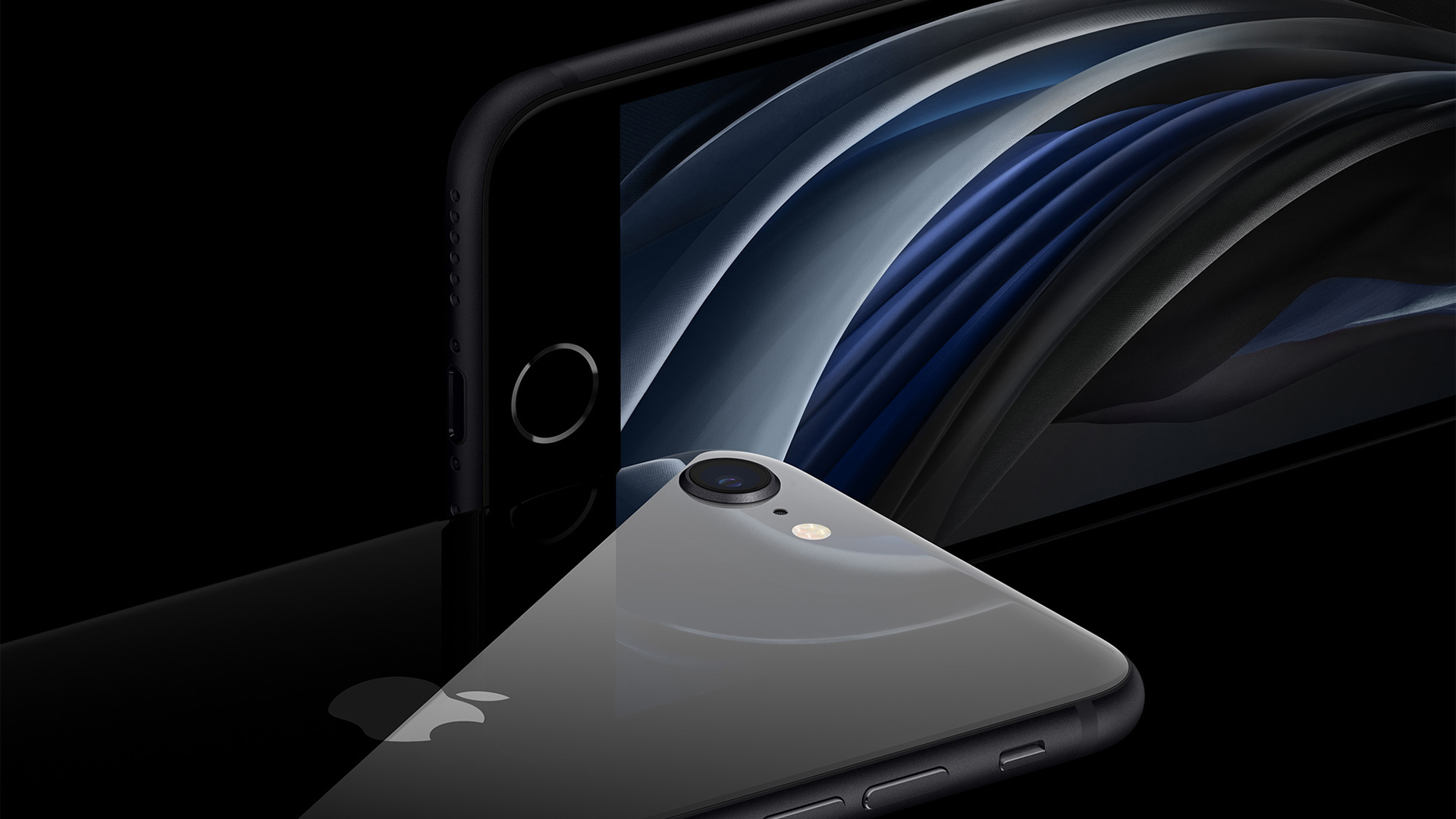The iPhone SE rightly earned praise after its unveiling, delivering the core of a flagship experience in a $400 package. Could you imagine if Samsung launched a $400 phone equivalent to the iPhone SE?
A Samsung phone in the vein of the new iPhone SE would obviously include a $400 price tag, a top-flight Snapdragon 865 processor, 64GB of base storage, as well as wireless charging and IP67 water/dust resistance. The latter two features in particular are rare at the $400 mark.
An iPhone SE approach by the likes of Samsung would also mean the phone packs a solitary rear camera (no ultra-wide or telephoto camera here), a much smaller battery, 18W charging with no 18W charger in the box, and no headphone port.
An Android iPhone SE?
A $400 Galaxy flagship like this would likely be a deeply divisive release for Android users, making compromises contrary to other affordable Android flagships like the Mi 9T Pro, Realme X2 Pro, and Asus Zenfone 6.
The addition of wireless charging and a water resistant design are undoubtedly welcome for the iPhone SE and would be welcome for a $400 Android flagship. But this clearly came at the expense of other expected features in this price tier.
One of the biggest compromises is in the camera, as the iPhone SE 2020 only packs a single main camera. In the Android world, it’s not uncommon to find dual, triple, or even quad camera setups on cheaper flagships. Now, we could debate the usefulness of quad camera phones for the average consumer, but many enthusiasts expect ~$400 phones to pack multiple cameras. And you can’t argue that an ultra-wide camera and/or a telephoto camera aren’t useful. In saying so, many consumers value a reliable point-and-shoot camera that delivers great quality.
Another major compromise made by the iPhone SE that might not fly in the Android world is its design. Many of our Instagram followers have cited this as one of the main reasons why the new device won’t trouble the Android competition. It’s not hard to see why though, as the iPhone SE is essentially an iPhone 8, featuring massive bezels that drastically reduce the screen size. Don’t expect notches, punch holes, or anything similar here.
Another major decision taken by Apple was to offer a much smaller battery than other flagships. It wouldn’t be fair to compare the iPhone SE’s 1,812mAh battery to other Android flagships in terms of pure capacity, as it’s not quite an Apples and Oranges comparison (heh). But it’s the same capacity as the iPhone 8, and reviewers noted that the 2017 device lasts for a day at best. In today’s world of cheap Android phones packing 4,000mAh+ batteries capable of a day and a half to two days of usage, that would certainly be a step in the wrong direction for many.
The closest the Android world has a $400 flagship is the Pixel 3a. It earned a ton of praise for its software, the flagship-level camera quality, and retaining some flagship Pixel features like Active Edge.
Much like the iPhone SE, the Pixel 3a only has one rear camera, 64GB of fixed storage, and a design in line with older Android devices. Unfortunately, the Pixel 3a doesn’t have wireless charging or water resistance, as Google chose to remove these features ostensibly due to cost concerns. Nor does it have the latest processor like the iPhone SE, sporting a mid-range Snapdragon 670 chipset. And remember, these phones are the same price.
The Pixel 3a series clearly earned plenty of praise from us and others, suggesting that an iPhone SE-like approach could work. But many users also viewed it as inferior to devices from the likes of Xiaomi, Realme, and others. For example, the sub-$300 Redmi Note 8 Pro offers a more powerful chipset, less RAM, a much bigger battery, and four rear cameras. This polarizing reception would likely greet any other affordable Android flagship that models itself after the iPhone SE.
Why an iPhone SE works for Apple
There are a number of reasons why the iPhone SE 2020 works in Apple’s favor, with the first one simply being the desirability of an iPhone among many people. iPhones hold their resale value over time much better than most Android devices, as there’s more demand for them even on the second-hand market. So, a brand-new iPhone for $400, after denying this option to consumers for years? You can bet that it’ll sell well even if it had 2018’s chip and no wireless charging.
Then there’s perhaps one of the biggest reasons why the iPhone SE 2020 works for Apple: the company’s ecosystem. Between the App Store with its exclusive (and occasionally better) apps, FaceTime, iMessage, Apple Arcade, Apple Music, Apple Pay, iTunes, Siri, iCloud, and Apple TV Plus, the new iPhone grants users easy access to a host of services.
This ecosystem play extends to hardware too, with Apple devices seamlessly working together for things like copy/paste, cellular calls, second screens, payments, and more. Meanwhile, Android users need to download the Windows Your Phone app to get some of these features on their Windows computer.
Another reason why the iPhone SE works for Apple is because it doesn’t need to deal with Qualcomm when it comes to the chipset itself. Apple has been producing its own chipsets since 2010’s iPhone 4, which means it isn’t stuck between a rock and a hard place if the chipset supplier decides to increase the price of its processors.
A price jump is exactly what seems to have taken place in 2020, as numerous reports point to Qualcomm’s latest Snapdragon 800-series chipset being more expensive than other entries. This has already resulted in more expensive phones from the likes of Xiaomi, Samsung, and OnePlus.
This new Qualcomm processor also makes a 5G modem mandatory, while Apple’s new phone is unabashedly a 4G phone. It makes you wonder whether Android brands would drop the 5G modem if they had the choice.
None of this is to say that Android OEMs couldn’t make a $400 iPhone SE-style flagship a commercial success. But consumers need to ask themselves whether it’s worth gaining features like water resistance and wireless charging if you’re losing out on endurance, cameras, design, and storage.

Loading poll
More posts about Apple















